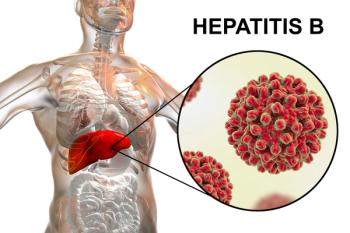
How Diabetic Kids and Teens Can Improve Quality of Life
Good glucose control can help children and teens with type 1 diabetes boost their quality of life.
Quality-of-life factors are closely related to glucose control in children and teens with type 1 diabetes, according to a large international study.
The
The researchers found that, the lower the HbA1c l, the better the diabetes-specific health-related quality-of-life (D-HRQOL) rating was for the children and teens.
"It's a bidirectional relationship. They're so closely related, it doesn't really matter which came first" in terms of intervention, Barbara J Anderson, PhD, Professor of Pediatrics at Baylor College of Medicine in Houston, and one of the study authors, told
“In all three age groups, the lower the HbA1c, the better the D-HRQOL, underscoring the strong association between better D-HRQOL and optimal glycemic control in a global sample of youth and young adults,” Anderson wrote in the article.
The study found three behaviors for managing diabetes that were significantly related to better D-HRQOL: advanced methods of measuring food intake, more frequent daily blood glucose monitoring, and more days per week that th participants had more than 30 minutes of physical activity.
The three diabetes-management behaviors represent “potentially modifiable factors for clinical interventions to improve D-HRQOL as well as glycemic control,” Anderson wrote. "The medical community often forgets to tell people that at diagnosis …. Families leave the hospital thinking if they do all the things they're told, they're going to get stable blood sugars"
Researchers also found that younger participants were more likely to achieve age-appropriate HbA1c targets. Nearly 32% of those aged 8 to 12 achieved their targets, while 29.1% of those aged 13 to 18 and 18.4% of those aged 19 to 25 achieved their blood glucose targets.
Across all age groups, females reported lower D-HRQOL than males. “Girls consistently report lower quality of life than boys do. I think it speaks to the difficulty of being an adolescent female and all the things they're forced to deal with at that age that boys aren’t,” Anderson said.
Newsletter
Pharmacy practice is always changing. Stay ahead of the curve with the Drug Topics newsletter and get the latest drug information, industry trends, and patient care tips.











































































































































































































